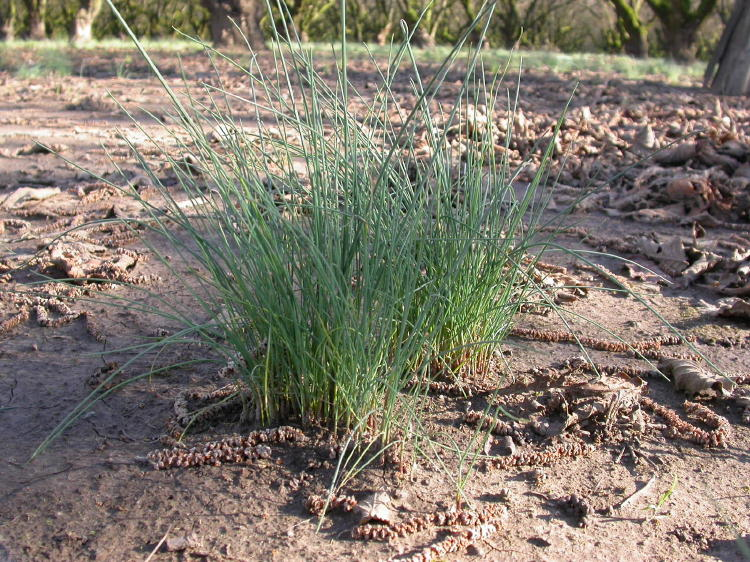
By: Brad Wyss
Disclaimer: Eat wild food at your own risk
McKendree University is a dynamic campus that has much to offer from a fruitful education to a smorgasbord of personalities on campus. One may be a resident of McKendree’s landscape for years yet not realize resources that are omnipresent. You can find these resources in many different forms on campus from the middle of the quad to right in front of the library and even the edges of our overgrown plot of land formerly known as the golf course. Edibles are everywhere, and the best way to get hold of them is to go out and get them yourself. Also, you had better make sure you find the right ones or you could be in for a trip…to the nurse’s office.
The first example of an edible on campus that is often overlooked is the presence of black walnuts. Black walnuts come into season about the middle of September through Halloween. Black walnuts, even the ones found on campus just north of Carnegie Hall, can be harvested and toasted like any other walnut you would find in stores for a marked up price often associated with nuts. The only practical option for making these native walnuts delicious is to toast them. Black-walnuts.com gives a simple recipe here https://black-walnuts.com/2016/03/how-to-toast-black-walnuts/ to get them to a tasty toasted state. Popular uses for these toasted walnuts would be to eat as they are or lightly salted, spread them over a salad for a little crunch, or throw them in your favorite banana bread recipe so your roommate with a nut allergy won’t eat it all while you’re busy foraging behind your apartment.

My personal favorite local and easily found edible is field garlic. This spring and fall herb comes with a lot of bite. If you are a fan of green onion this herb is worth picking up once in awhile. Places to find field garlic include the edges of timber where it can receive plenty of sun, uncut grass, and edges of ponds. On campus, the best spot to harvest field garlic is the steep bank that runs along Stanton Street that never gets trimmed. This spot allows the plant to reach full maturity, which in turn means full flavor. When it comes to choosing and identifying field garlic Tacticalinteligence.net offers a useful guide here: http://tacticalintelligence.net/blog/wild-edibles-field-garlic.htm. Optimal time to harvest field garlic is after a small amount of rain to loosen up the roots. Uses for field garlic could be eating it raw if you are a fan of it’s’ cousin green onion, using it where you would use chives, homemade chicken salad, and omelet, or in your favorite roast recipe. This herb is easy to find and full of flavor; highly recommended.
The next edible on campus may throw you for a loop, but it is also easily harvested and is often revered in some culinary environments. Rose is a herb that is often overlooked in the United States simply because Americans see it as a floral decoration versus a culinary tool. Edibleaustin.com gives a great guide on what roses one should harvest and which roses one should avoid here at the link below. http://www.edibleaustin.com/index.php/homeandgarden-2/gardening/848-eat-your-roses

The roses we see on campus are of the SunBlaze variety. I would consider these to have a moderate scent, and therefore according to the guide, moderate taste. These roses are planted all over campus from right in front of the library to the fronts of every building at McKendree West. These SunBlazes bloom for a majority of the warmer months from about the end of April through the end of September, depending on the temperatures. Uses for roses are to blend it up finely and mix it in with honey for a spread, sprinkle some in your tea, or mix a pinch or two into your morning yogurt for a refreshing taste.
Edibles on campus are all over, from the top of the trees to the bottom of the ditches, you just have to be bold enough to give them a try. There are multiple uses for edibles on campus and with a little experimentation you can make a dish and impress your friends…or at least spark a good conversation. With organic food being all the rage, what’s more organic than harvesting these plants that are naturally occurring and producing good eats anyways?
Interesting article. I’m from a part of the country (Kentucky) where there’s a tradition of people picking up and sell black walnuts to processing companies in the fall. When I was a kid, we made money walking on farms and gathering them.
I’ve lived other places (including here) where people don’t seem to know that black walnuts are edible, or are worth anything.